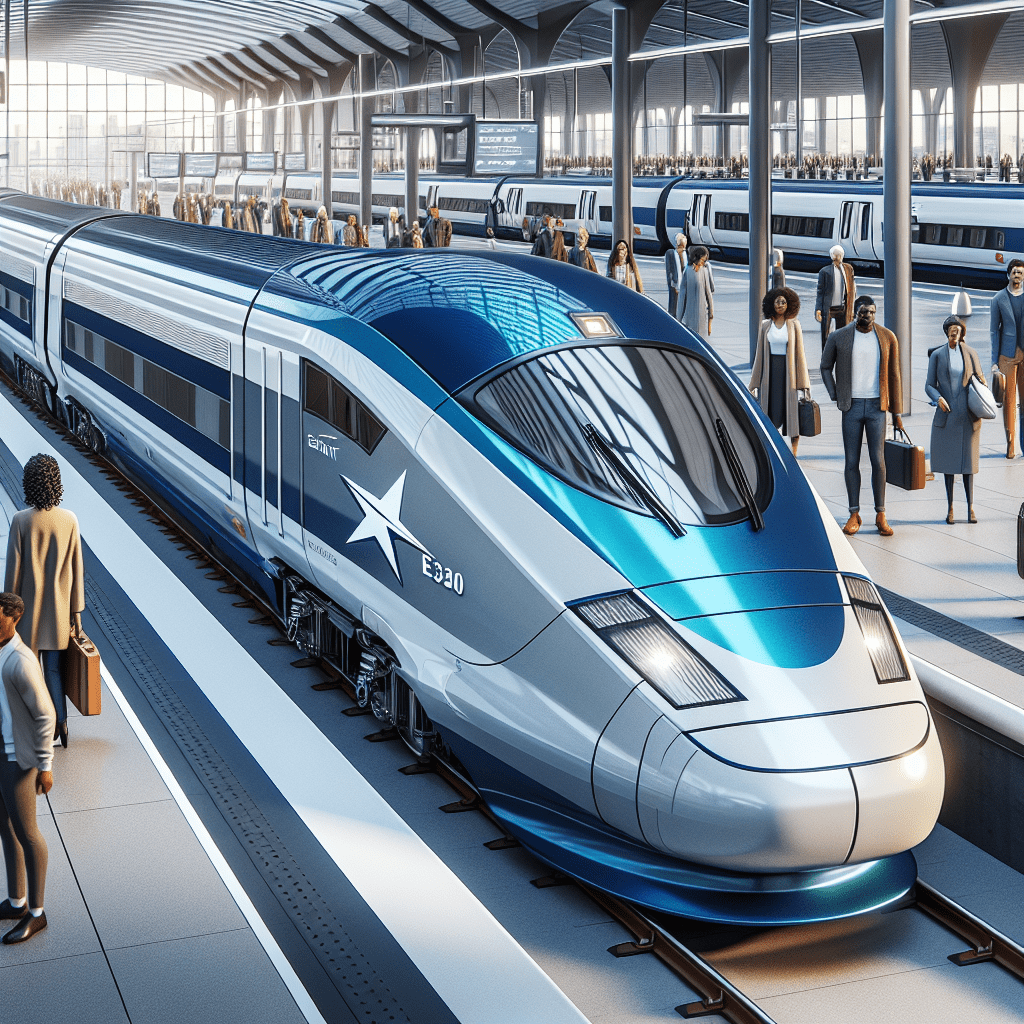Understanding Eurostar: An Overview of the High-Speed Rail Service Connecting Europe
Introduction to Eurostar
Eurostar is an international high-speed rail service that connects several key destinations across Europe. With its first trip in 1994, Eurostar has transformed cross-channel travel, making it possible to go from central London to Paris, Brussels, and beyond in a matter of hours. Its trains run through the Channel Tunnel, a remarkable engineering feat that links the United Kingdom with mainland Europe under the English Channel. This article will explore Eurostar’s history, operations, influence on travel and commerce, future developments, and its environmental impact.
The History of Eurostar
The conception of Eurostar dates back to the early planning stages of the Channel Tunnel, with discussions beginning in the 1980s. Services formally started on November 14, 1994, after the completion of the tunnel. Since then, it has offered passengers a high-speed alternative to air and ferry travel. Eurostar is not a single company but a consortium of different entities including the national railways of France (SNCF), Belgium (SNCB), and unitl 2020 the UK (LNER then Eurostar UK Limited).
Technical Features and Fleet Adaptations
Eurostar’s fleet comprises trains capable of reaching speeds up to 300 kilometers per hour (186 mph). Initially made up of the TMST (TransManche Super Train) or “Eurostar Class 373”, these have since partly been replaced by new Siemens e320 units – part of the Velaro family – boasting enhanced speed and efficiency. These trains are uniquely designed to handle the diverse track specifications and signalling systems found in the countries it serves. Steps towards accentuating travel comfort and technological integration have also been hallmarks of Eurostar’s continual fleet enhancements.
Route Network and Destinations
The most popular routes connect London St Pancras International with Paris Gare du Nord, and Brussels-Zuid/Midi with additional services extending to Amsterdam, Rotterdam, Lille, and seasonal destinations in southern France among others. For many travelers, these intercity routes offer convenience in terms of city-center to city-center travel and time savings compared to airports.
Impact on Travel and Trade
Eurostar has revolutionized travel dynamics within its operating range. The cross-channel high-speed link provided has substantially reduced journey times, positively impacting tourism and fostering closer business ties. This accessibility within Europe has also dovetailed with broader European Union goals for increased mobility and interconnectedness among member states.
Operations and Management
The consortium operating Eurostar has evolved over time with various changes in ownership structures. Day-to-day operations revolve around meeting strict international transport standards for safety and reliability. The ‘Intergovernmental Commission’, set up by the governments of the UK, France, and Belgium, oversees the shared usage of the Channel Tunnel.
Future Prospects for Eurostar
Investments in infrastructure upgrades and ongoing expansion highlight Eurostar’s commitment to broadening its service portfolio. Prospects include plans for new routes and station refurbishments as part of its vision for an integrated high-capacity transport network. Continual investment in sustainable operation also sculpt these future prospects.
Environmental Considerations
Travel by train is significantly more carbon-efficient per passenger kilometer than by air or personal vehicle. Eurostar markets this advantage particularly in the context of climate change concerns promoting the idea of a “Green Getaway”. It continually strives to reduce its carbon footprint through energy-saving measures onboard its trains and infrastructure improvements.
Competitive Analysis
The Eurostar service competes with air travel as well as long-distance coaches and ferries on overlapping routes. Despite challenges such as the rise in low-cost air travel, it’s managed to retain a unique competitive edge thanks to its centrality and convenience factors.
Challenges Faced by Eurostar
Challenges including strikes, security issues, maintenance of the Channel Tunnel, and occasional technical problems can and do affect services. Furthermore, historical events such as Brexit have also posed operational questions given its international nature.
Notes
– Eurostar commenced its services on November 14th, 1994.
– The Eurostar fleet consists of Class 373/1 trains or “E300s” as well as e320 units by Siemens.
– Offers high-speed train services connecting London with Paris, Brussels, Amsterdam, Rotterdam, Lille amongst other seasonal destinations.
– Contributes to environmental sustainability efforts by promoting lower-carbon railway travel.
Image Description
An image of a sleek Eurostar e320 train waiting at a platform; passengers visible in the background readying for boarding. The iconic Star logo prominently displayed on the locomotive which is tinted blue – indicative of high-speed rail travel in Europe’s urban centrality against a modern station backdrop.
